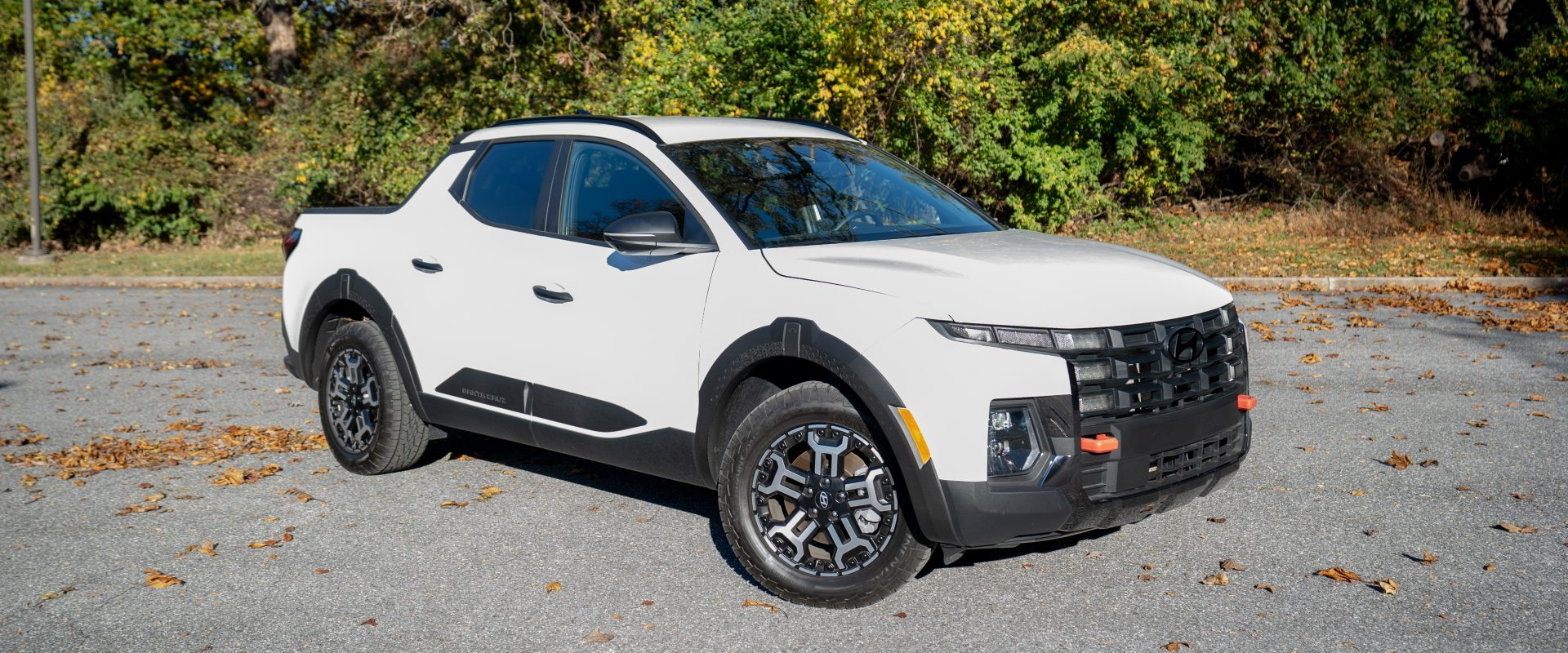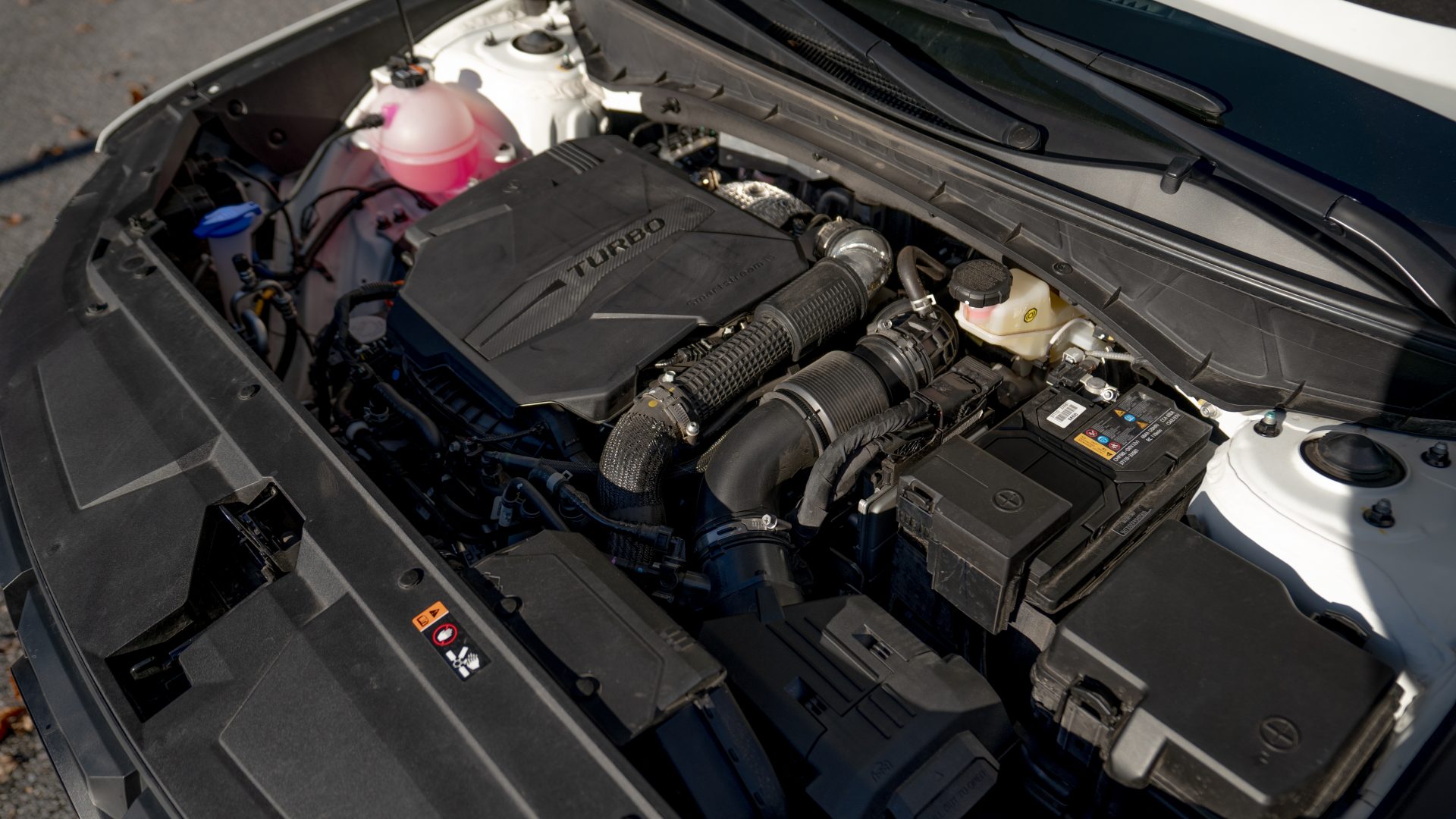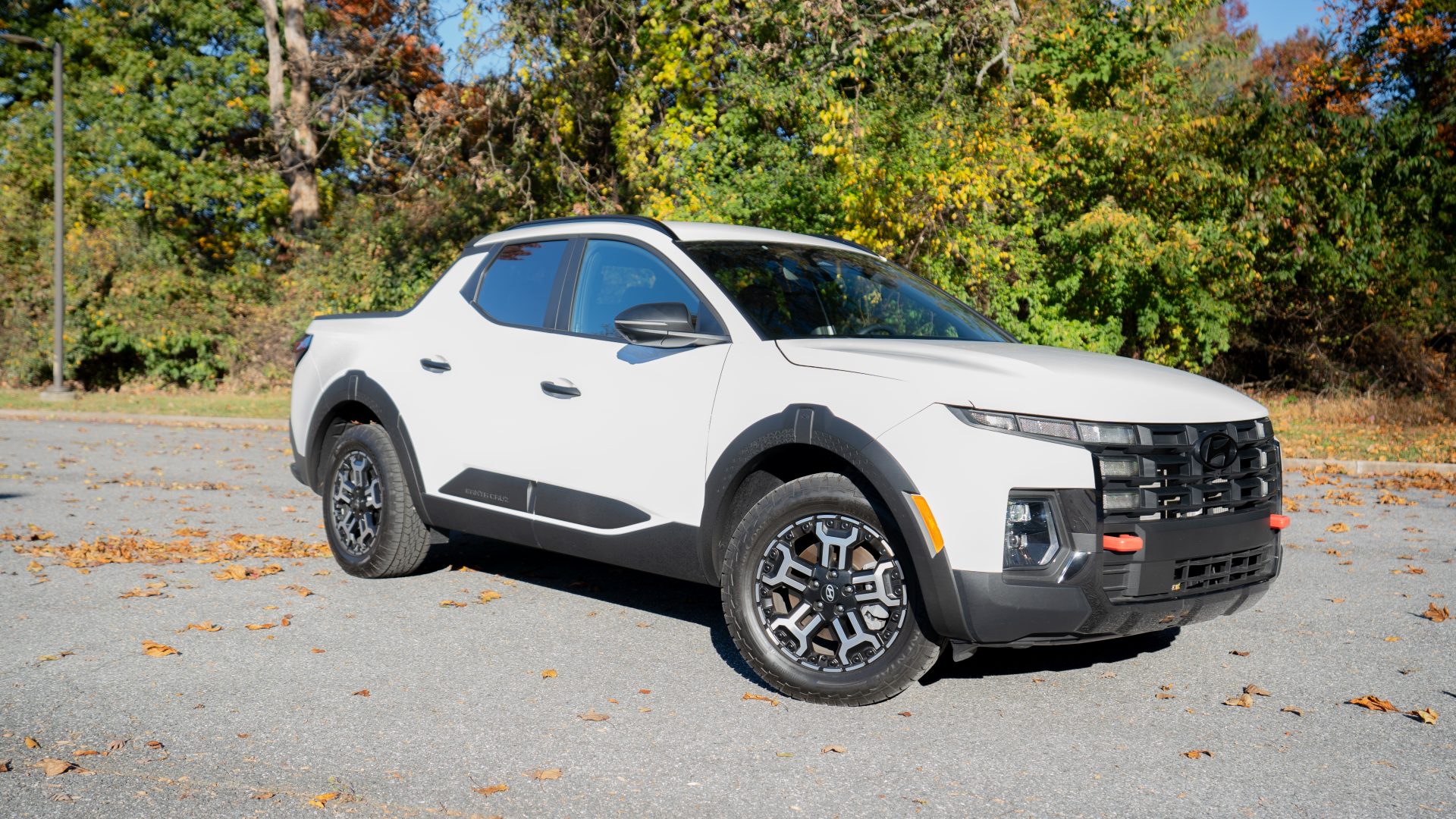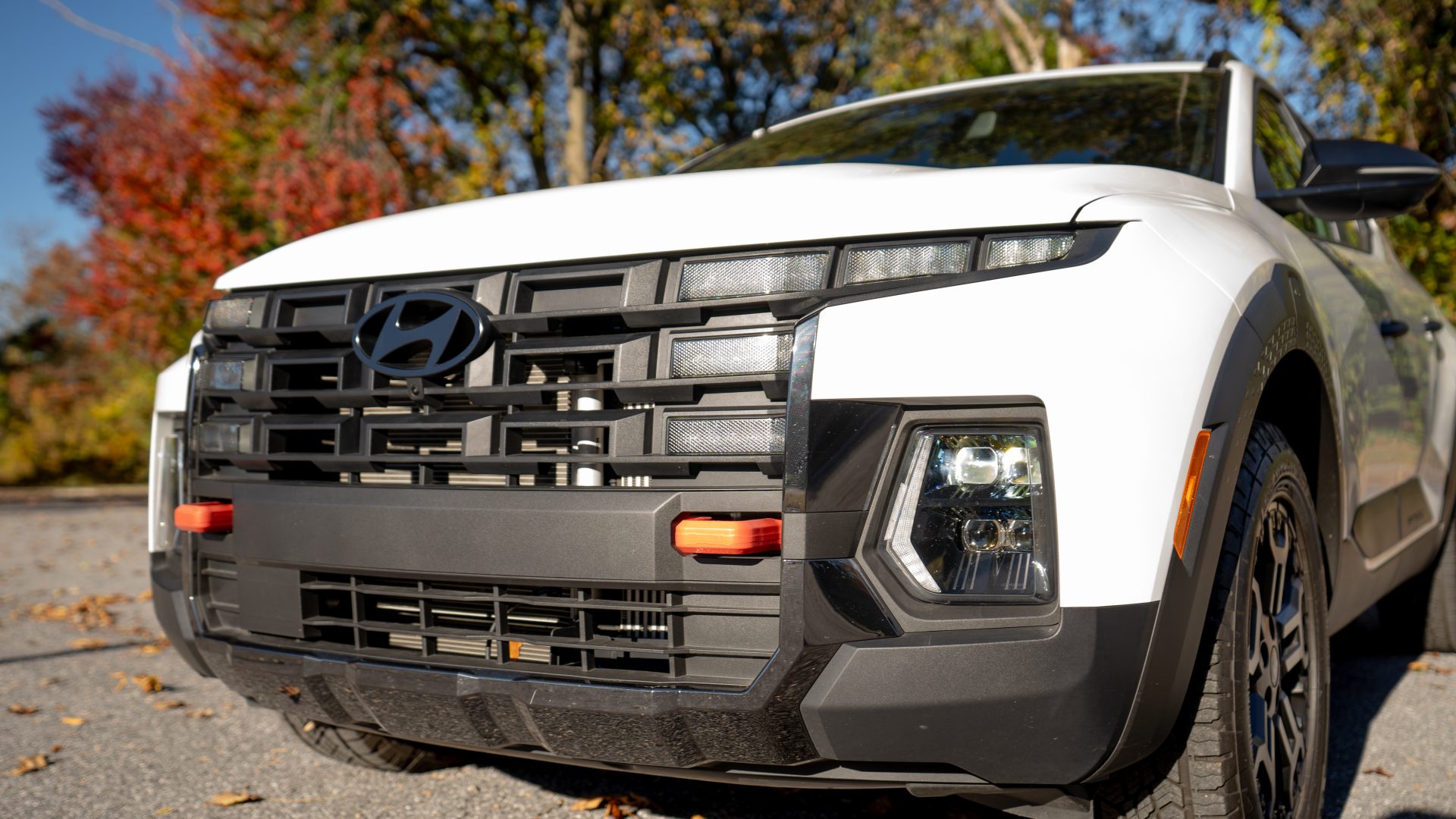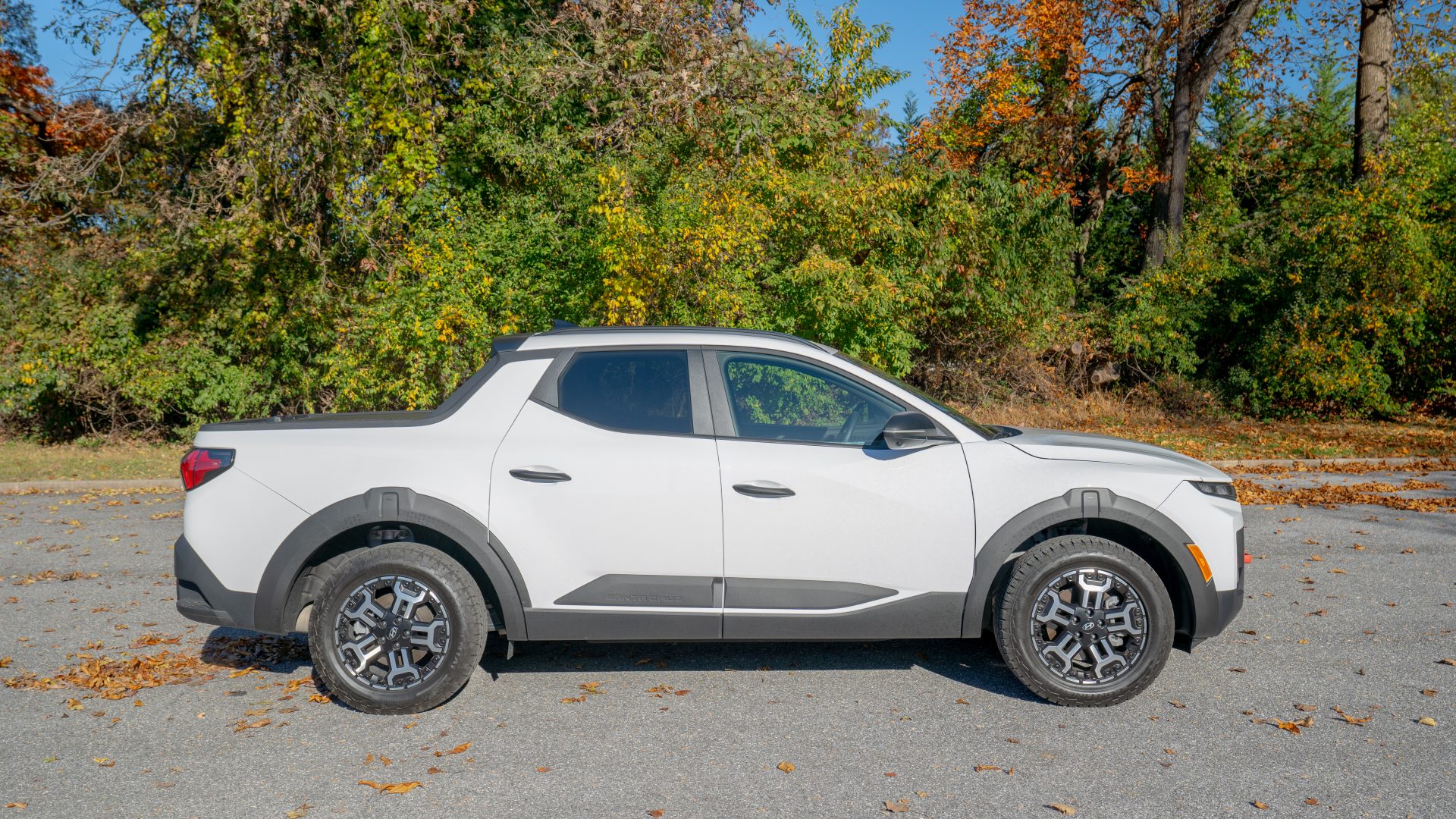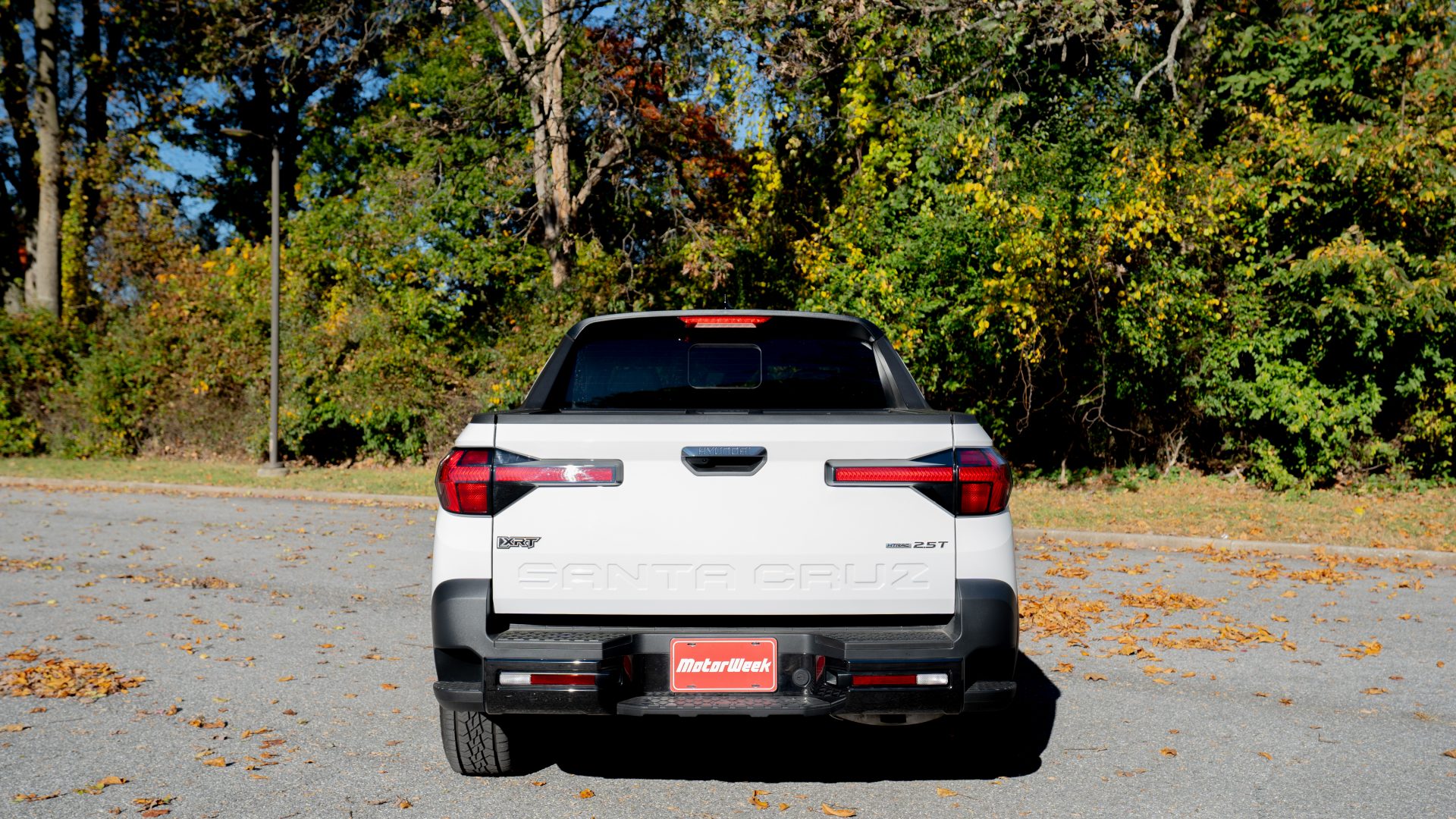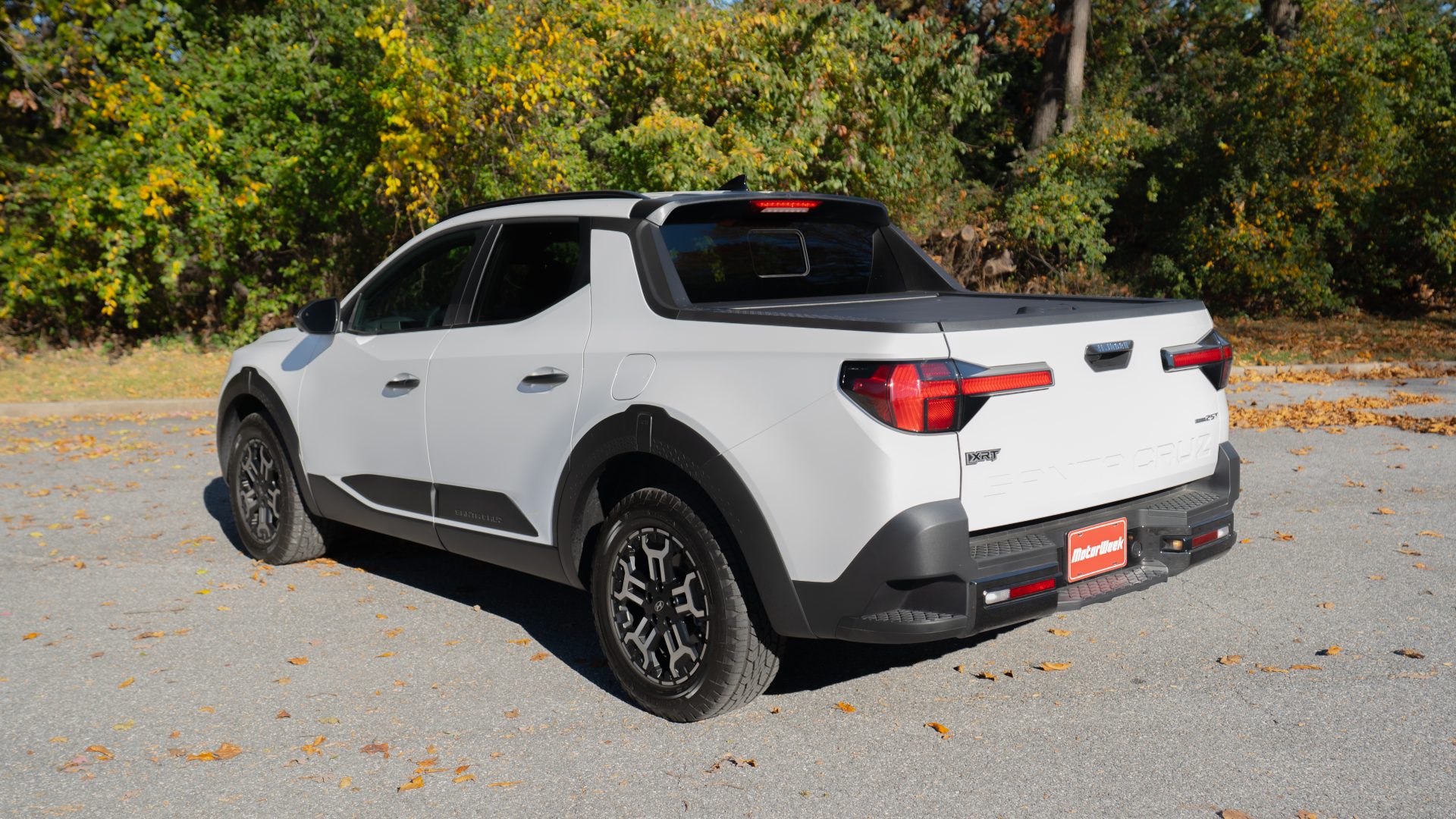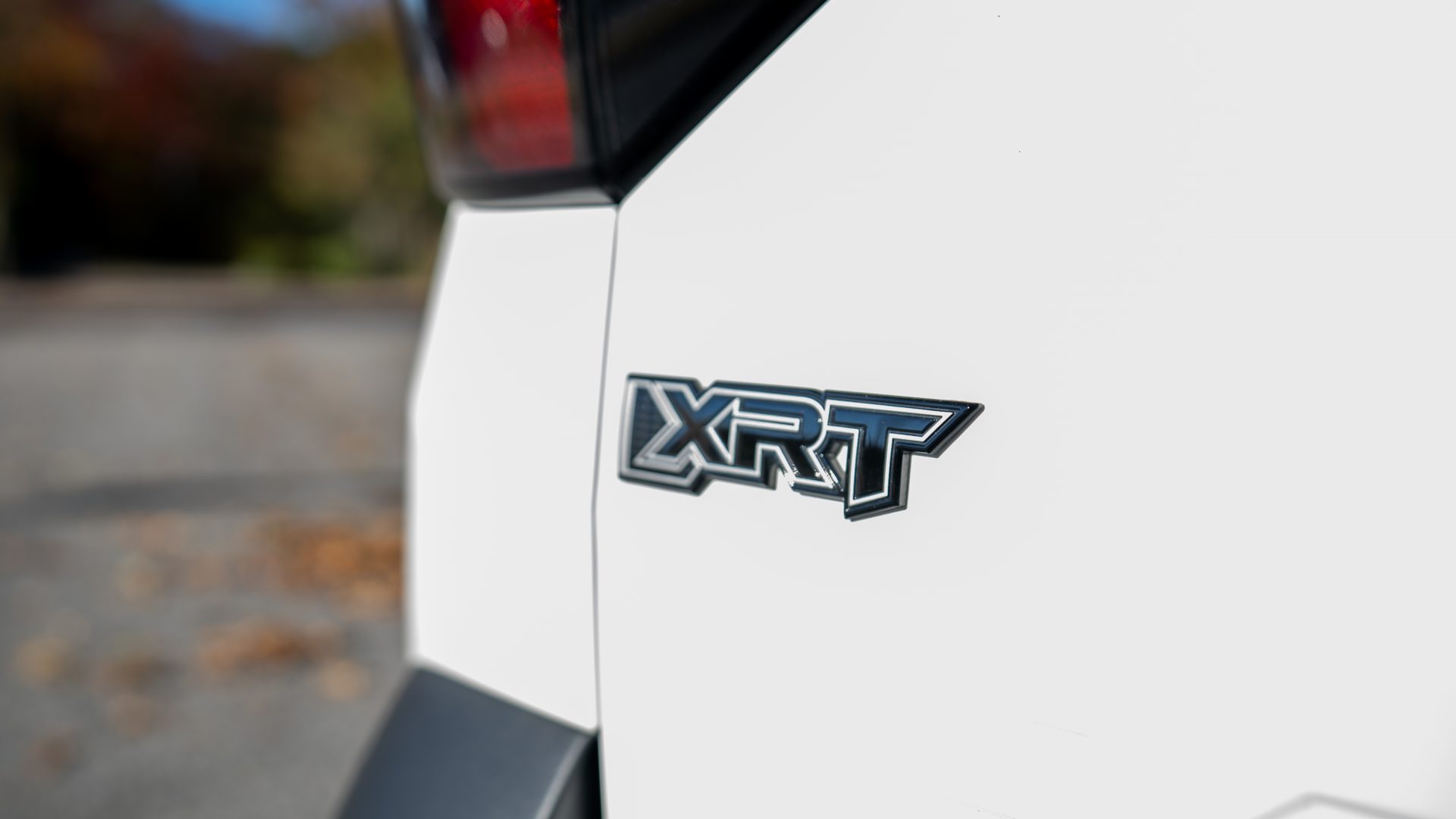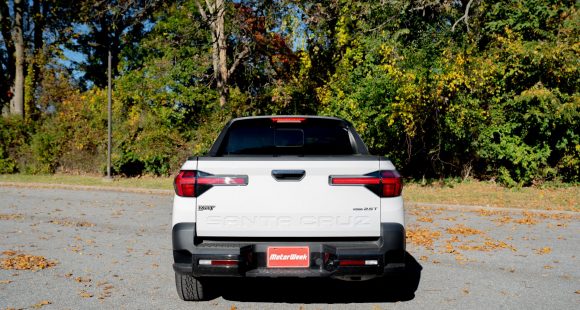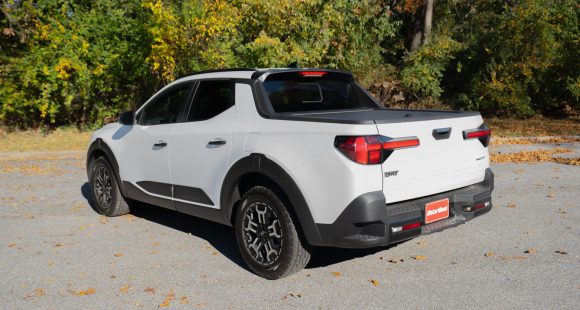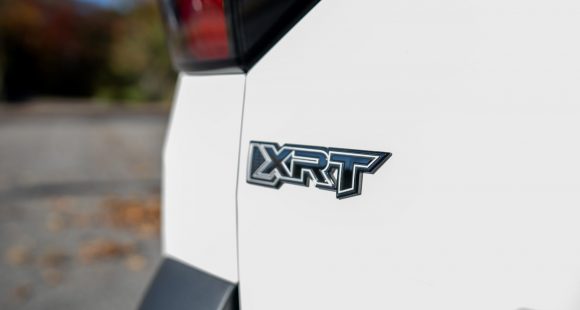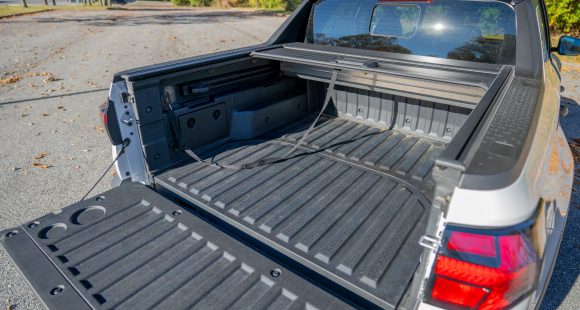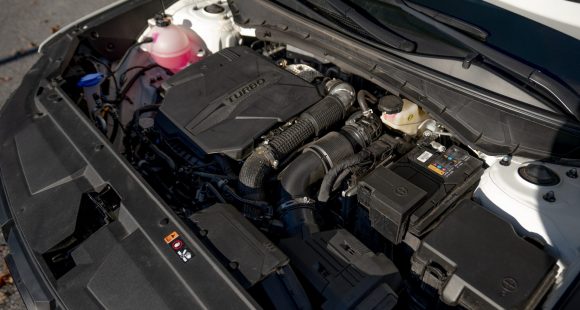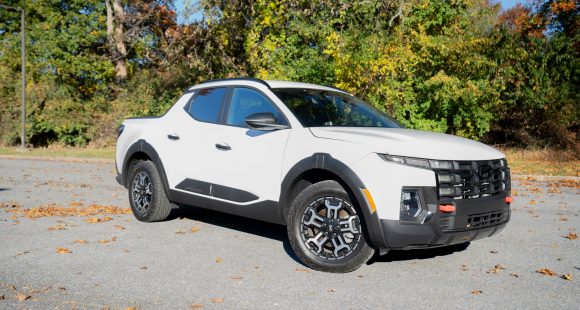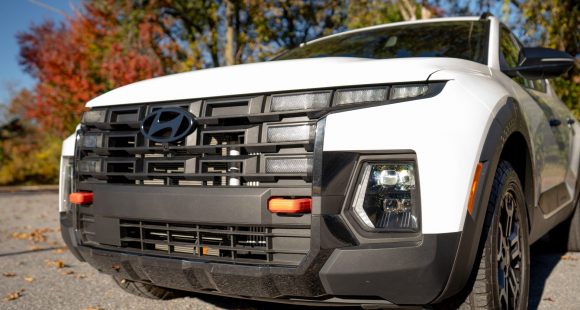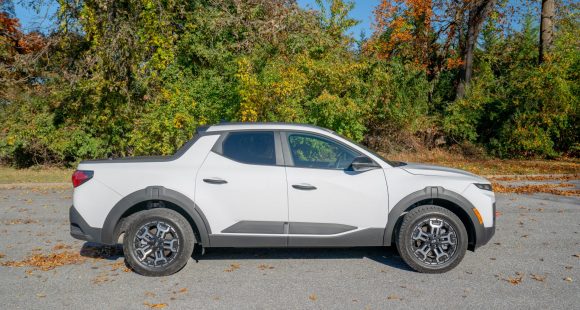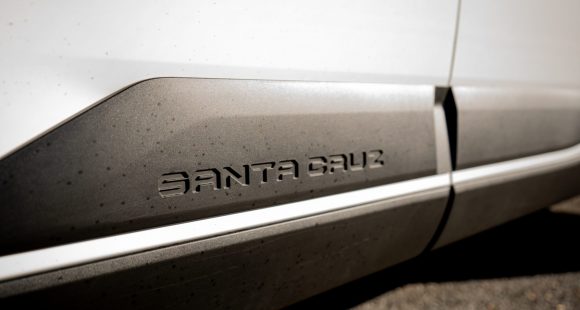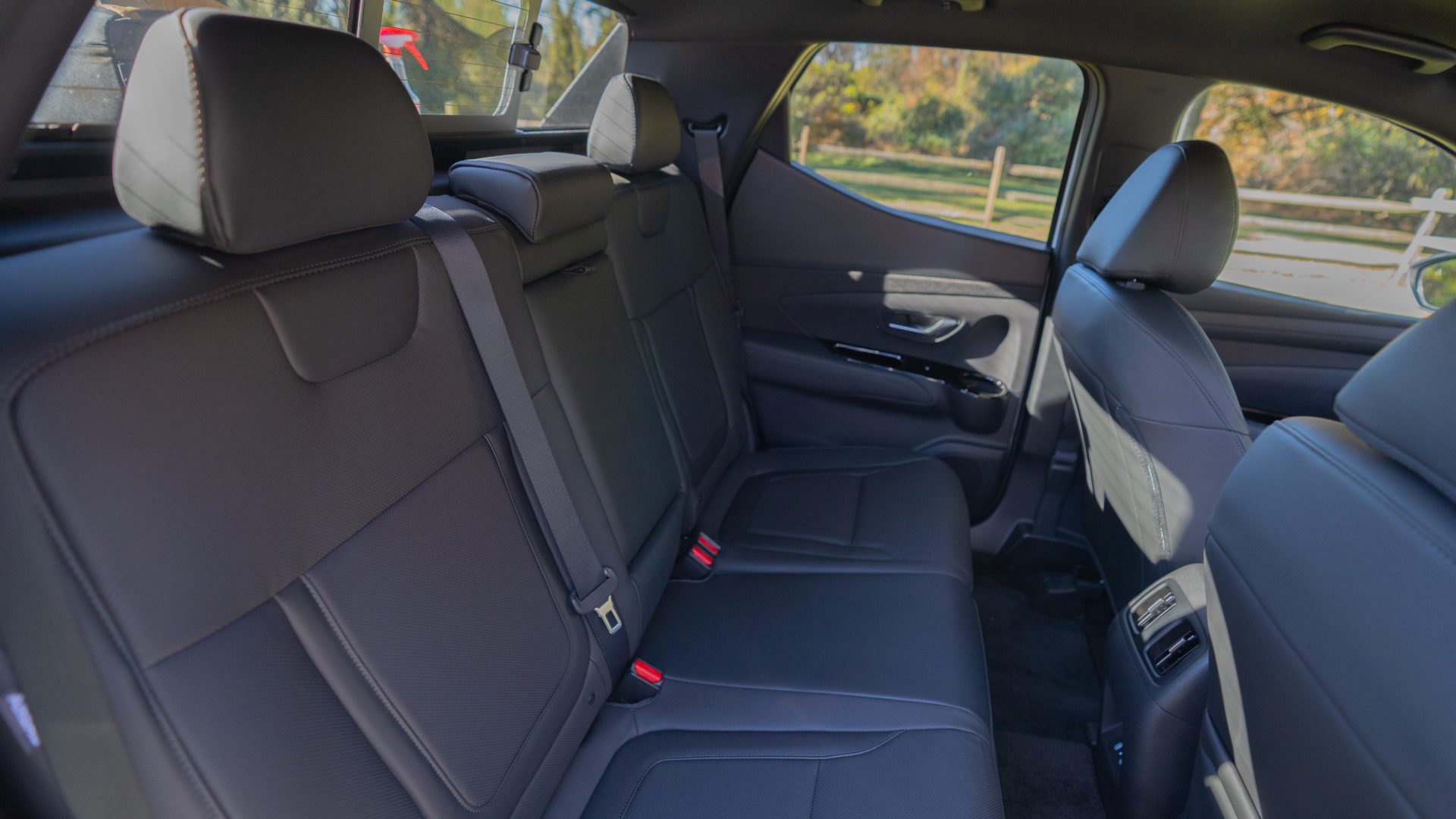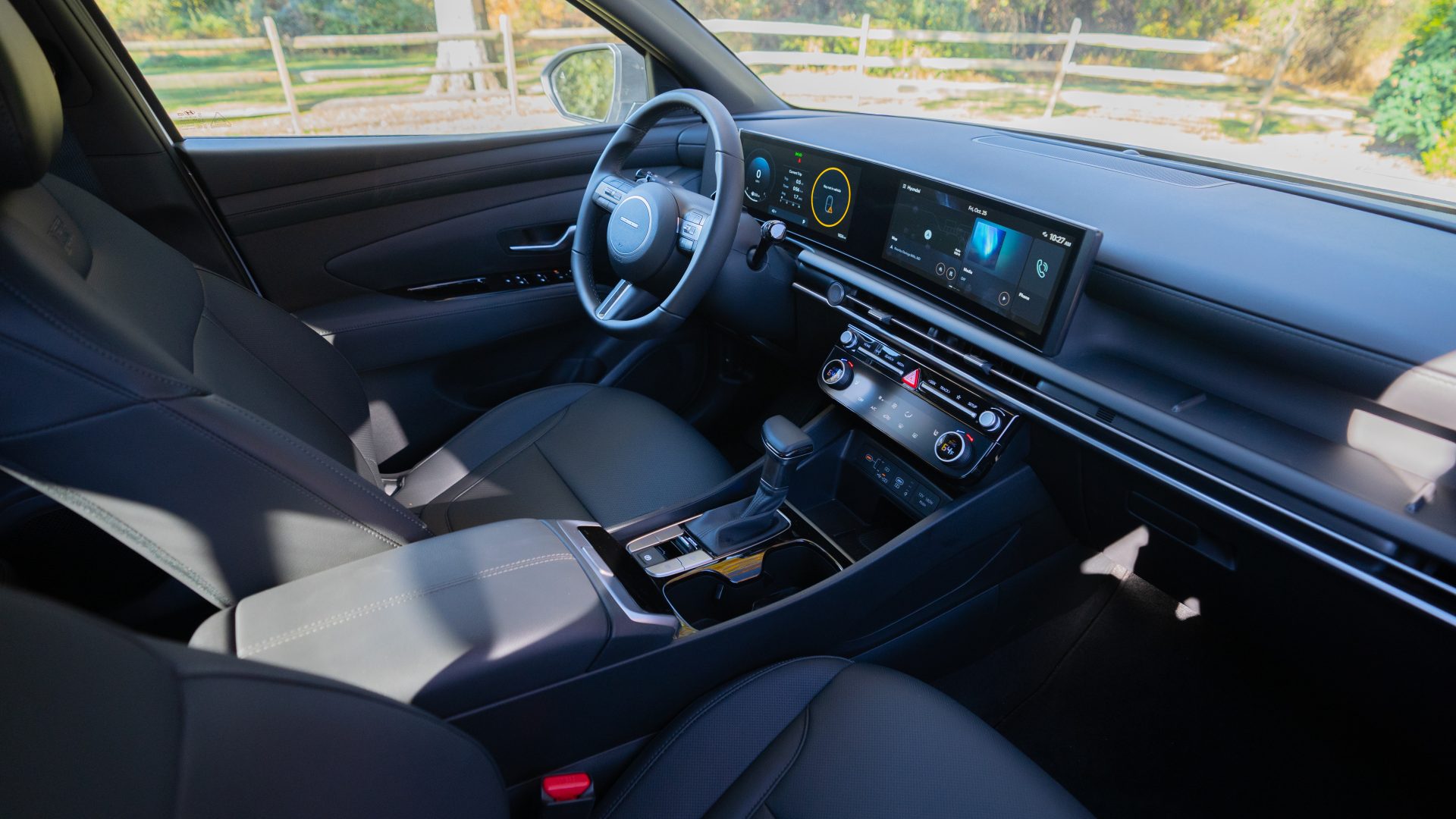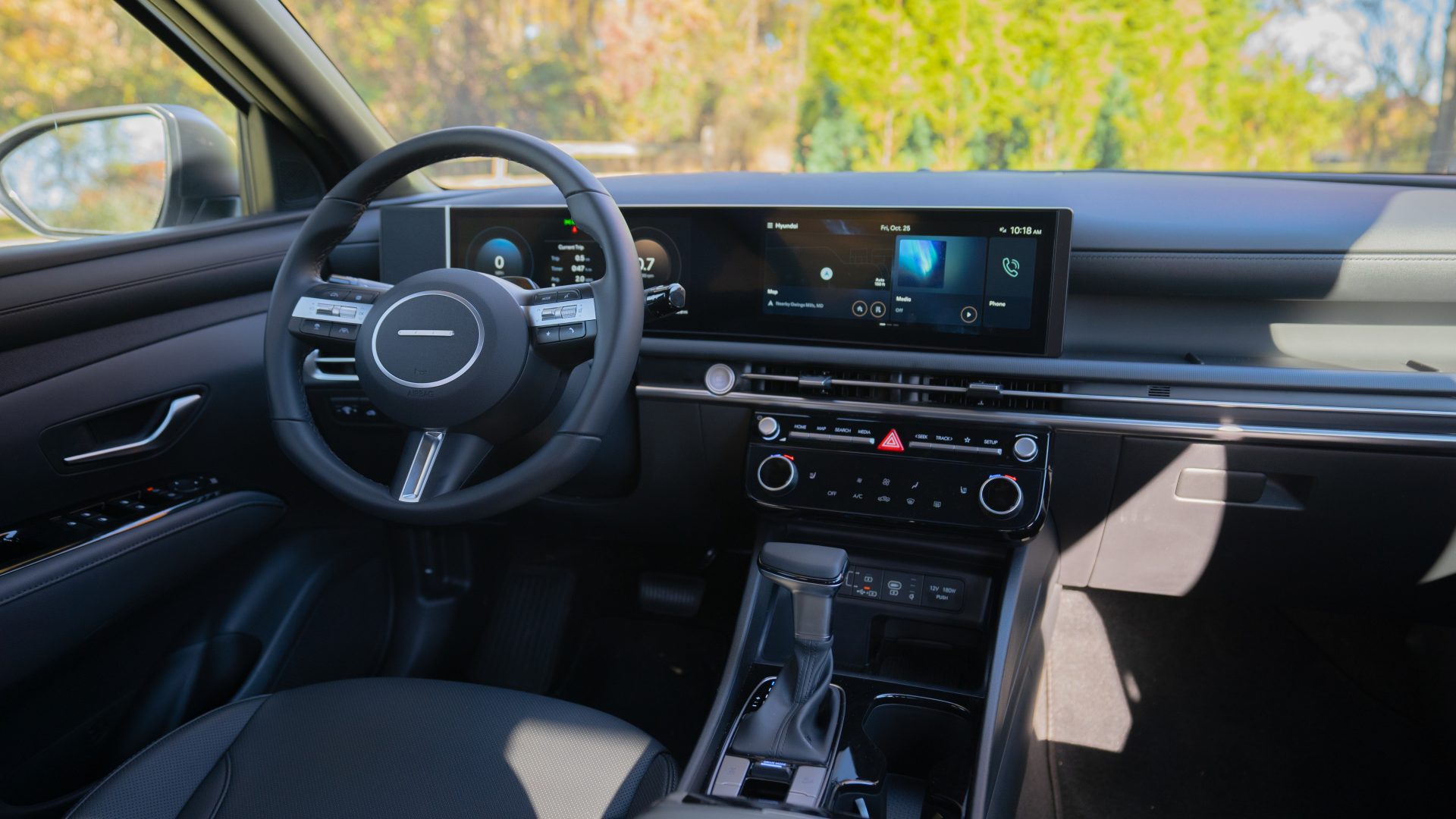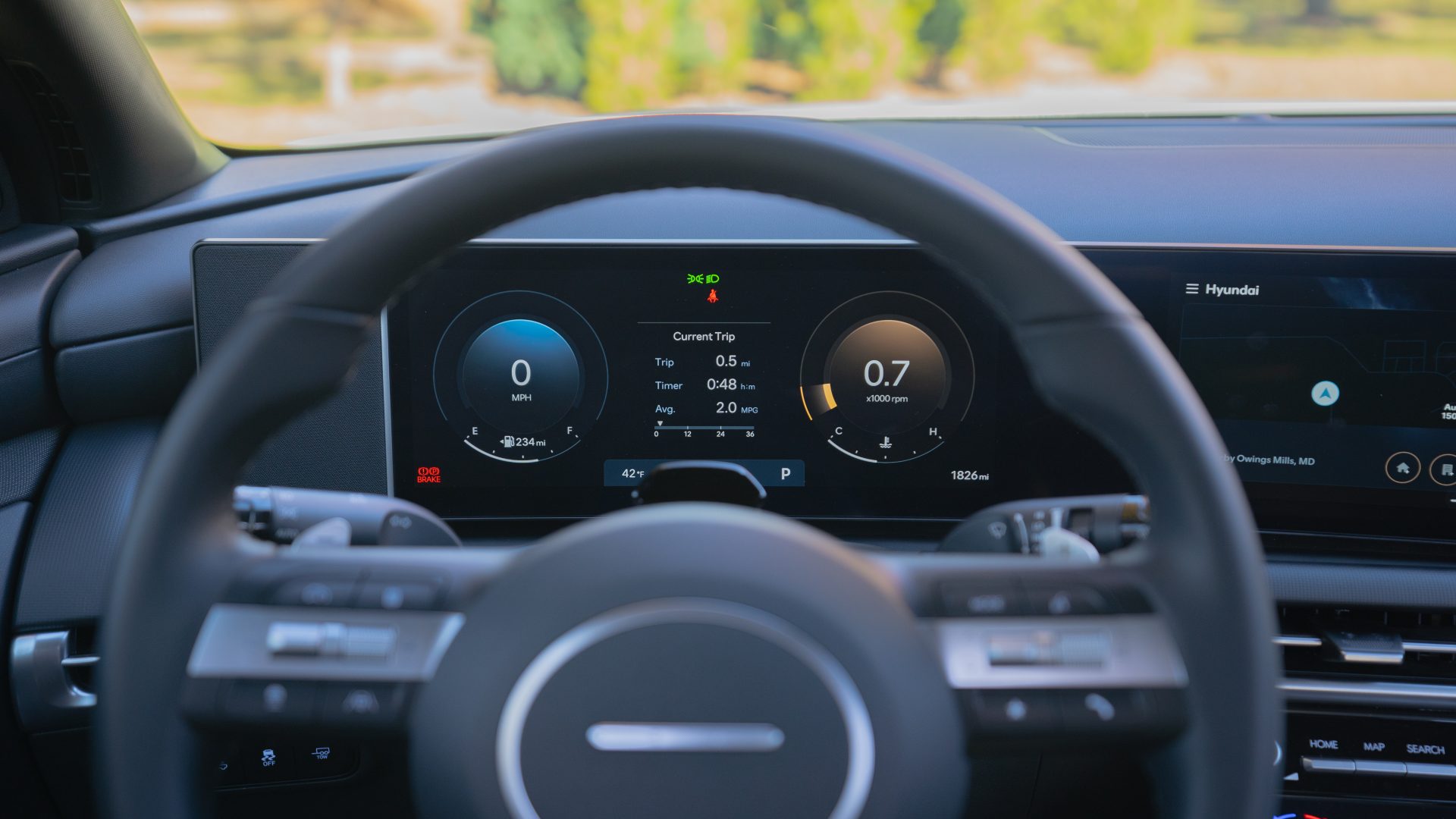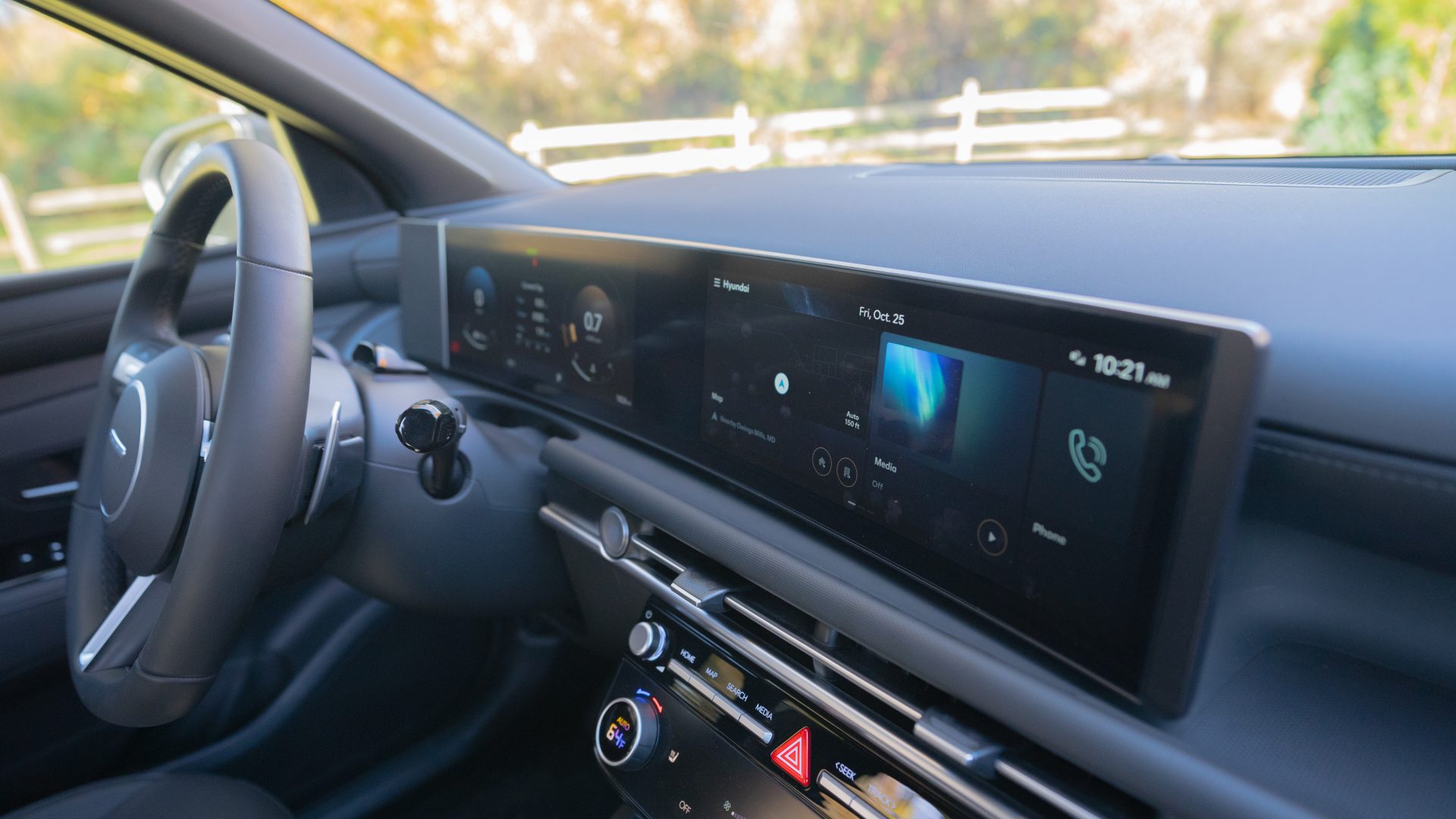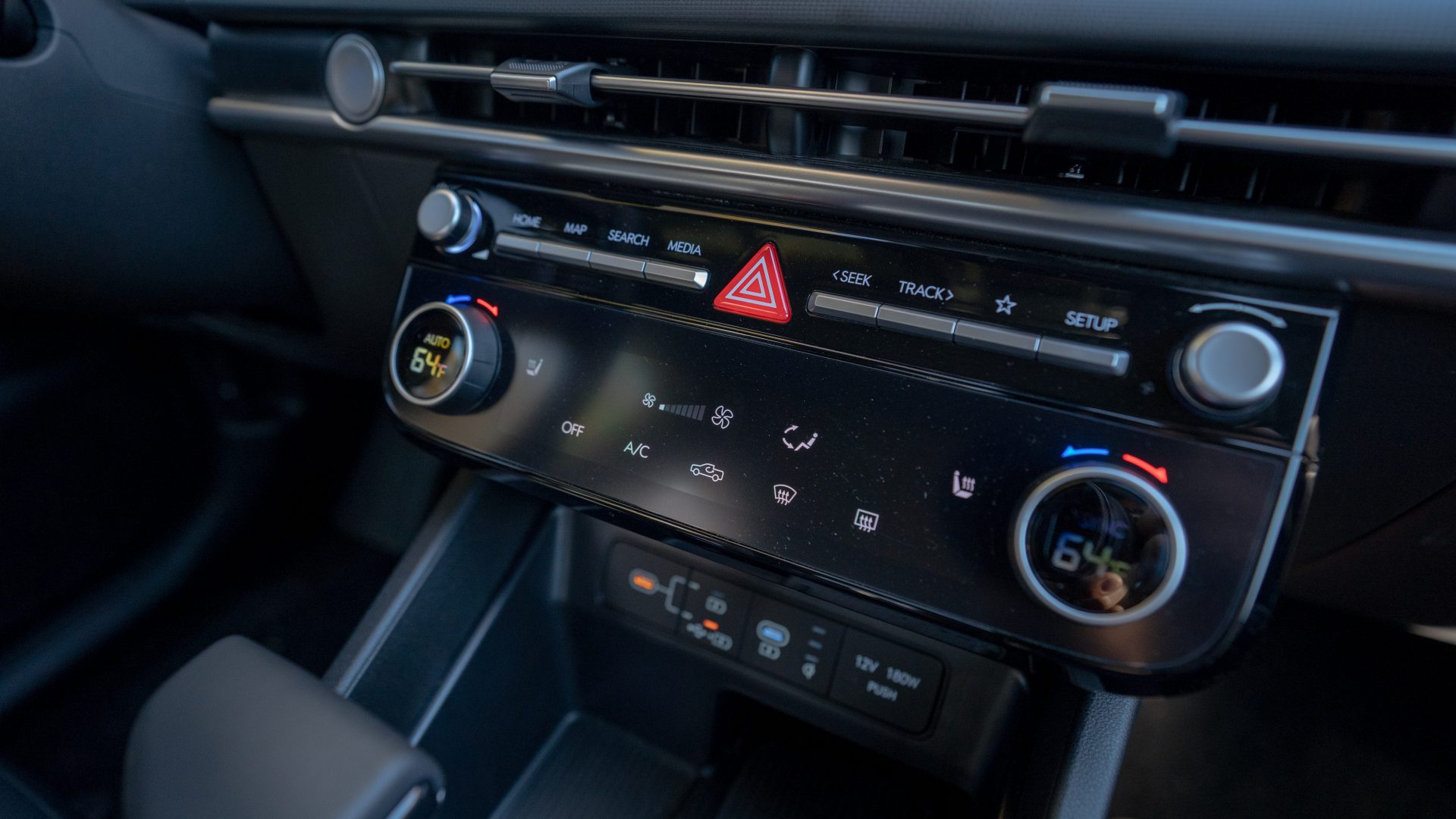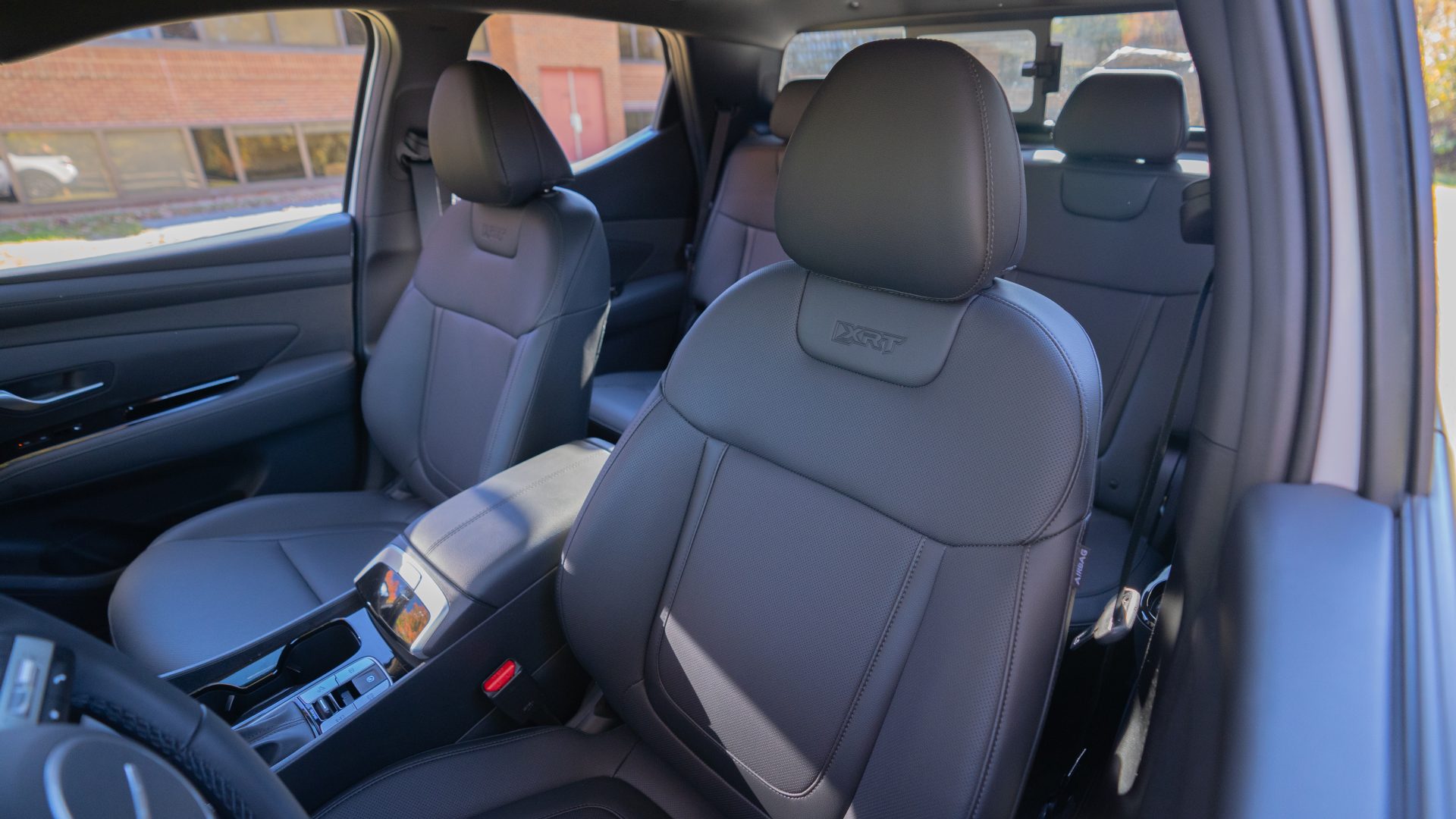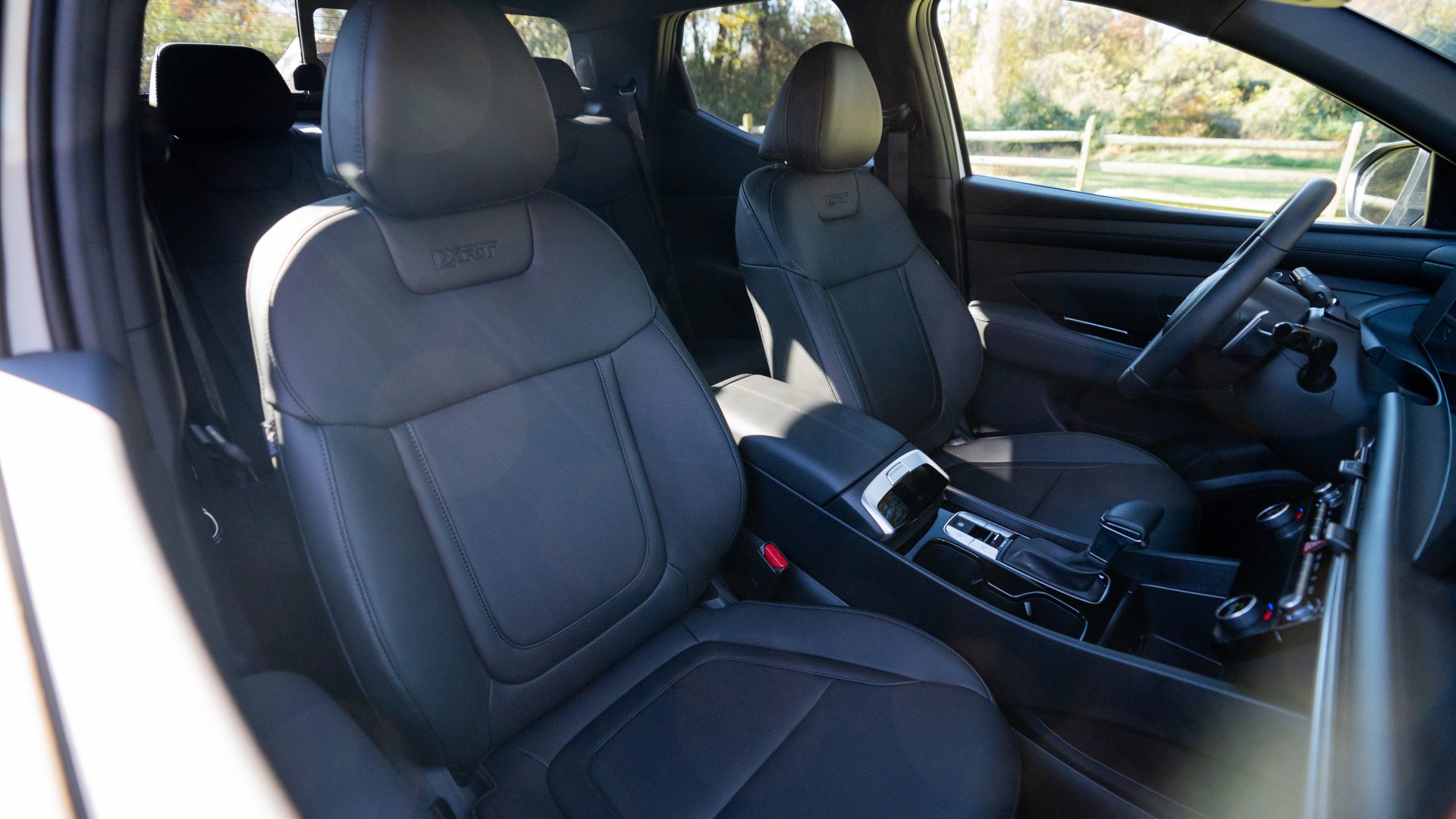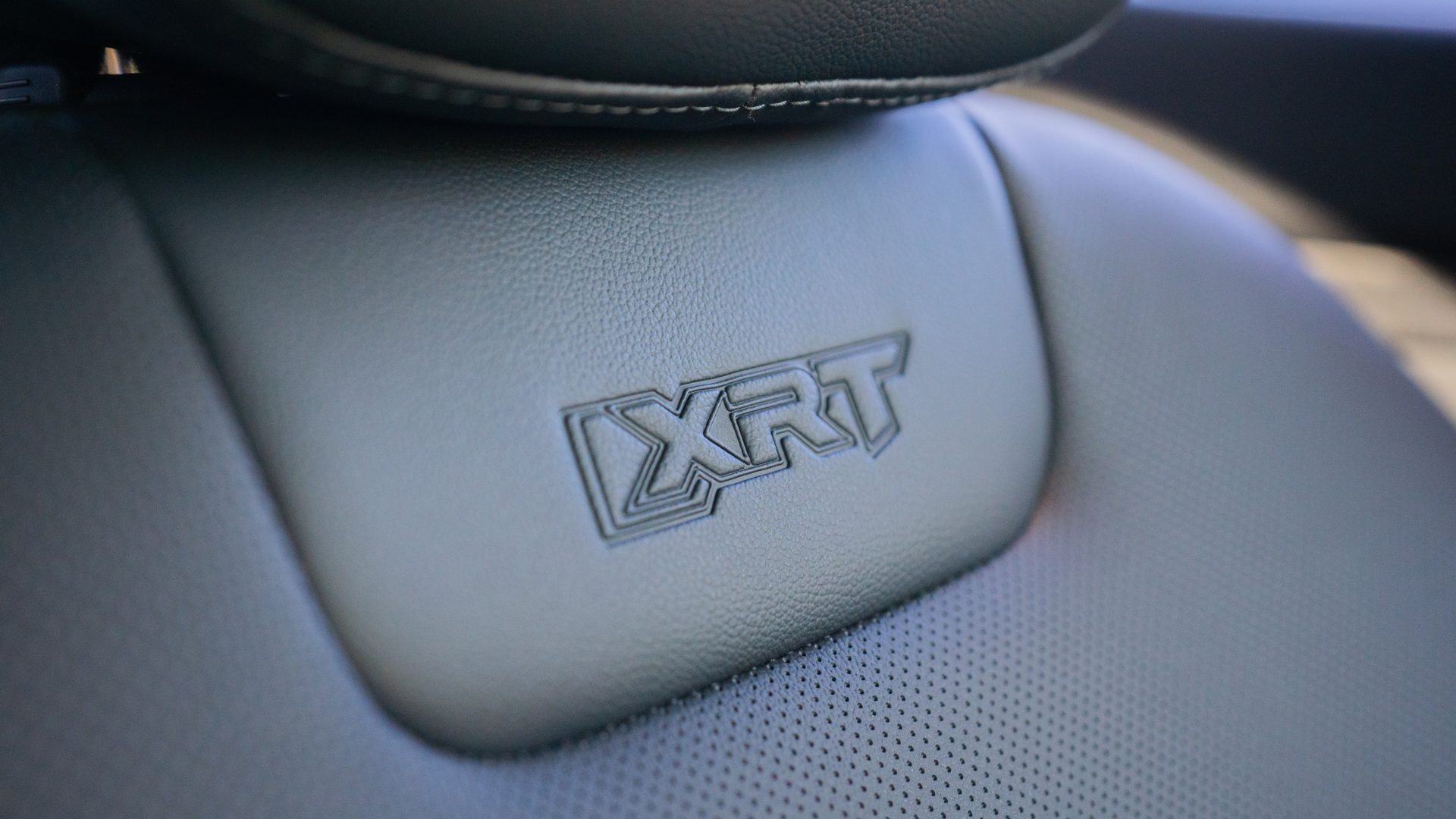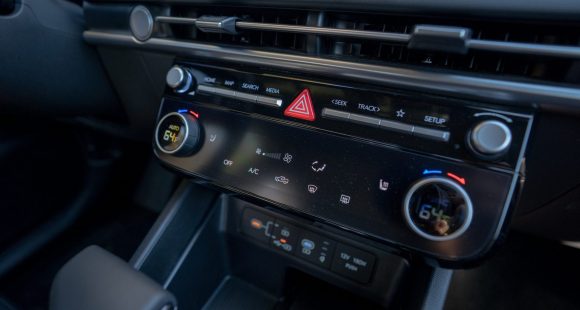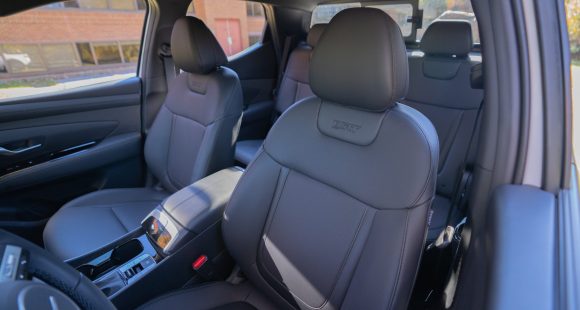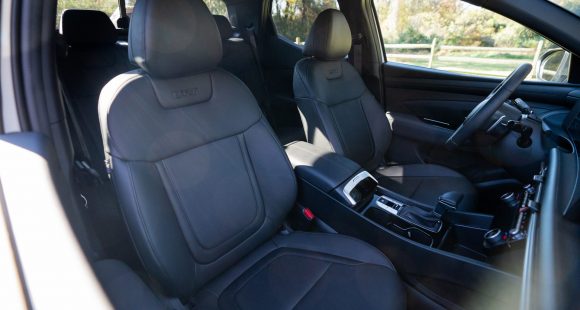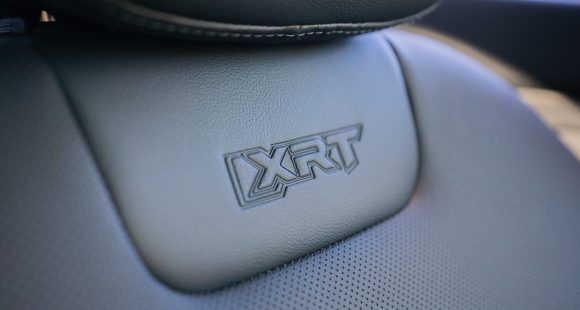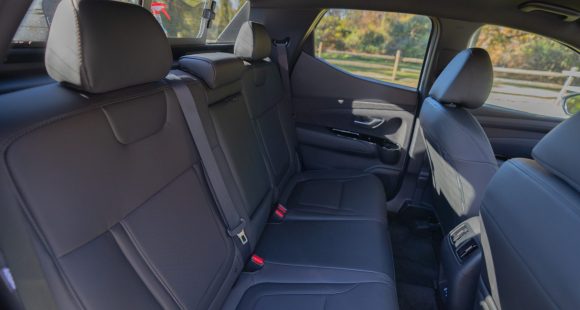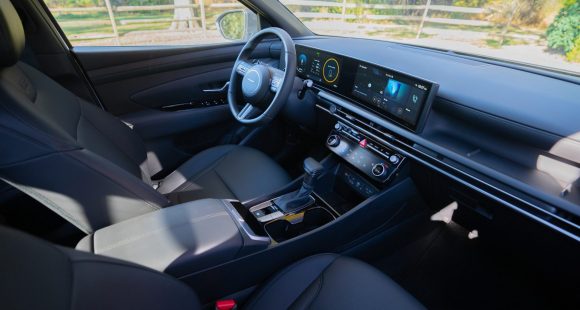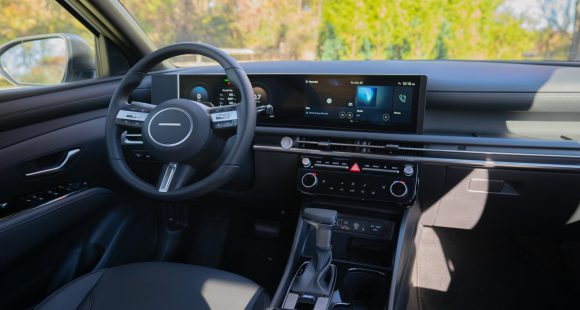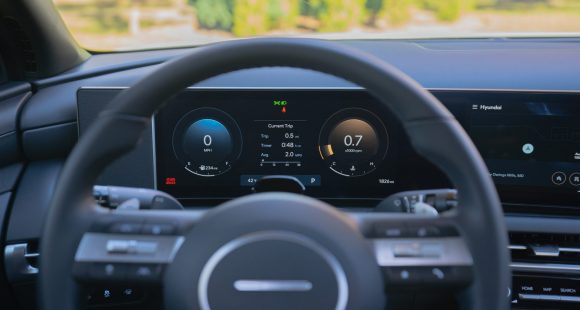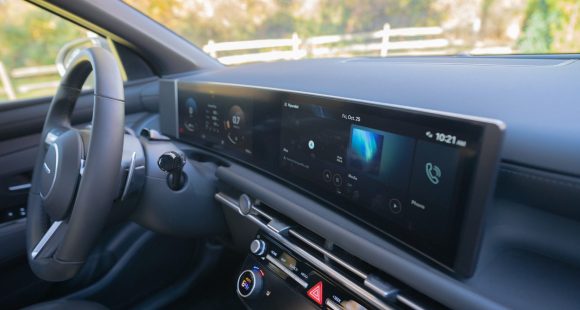2015 Subaru Legacy
The Subaru Legacy has been around long enough to actually have a legacy. That’s 26 years and counting as a comfortable, affordable, reliable family sedan choice. It’s also mirrored the legacy of the Subaru brand itself: delivering all-weather capabilities in a slightly quirky package. Well, an all-new Legacy is looking to update both histories, while also going a bit more mainstream.
The Subaru Legacy sedan has always labored in the popularity shadow of the Outback Sport Utility Wagon with which it once again shares a platform. So, what does the 2015 Legacy bring to the table to warrant more of the spotlight?
Well, for one thing, smoother, more mainstream styling. It looks like Subaru is taking a page out of the Honda Accord book by making the Legacy silkier, if also more conservative.
And that’s OK if, like the Accord, you design the car to be appealing as an entire package, and not just a shiny object of great desire that lacks good practicality and purpose. And, without a doubt, the Legacy has come a long way towards becoming that type of very desirable car.
 And perhaps that’s why they didn’t stretch too much on the powertrains as both engines carry over from last year. The 2.5-liter flat-4 sees a minor 2-horsepower gain to 175, and will still be the choice for most buyers. Our car’s very robust 3.6-liter flat-6 carries over unchanged with 256-horsepower and 247 lb-ft. of torque
And perhaps that’s why they didn’t stretch too much on the powertrains as both engines carry over from last year. The 2.5-liter flat-4 sees a minor 2-horsepower gain to 175, and will still be the choice for most buyers. Our car’s very robust 3.6-liter flat-6 carries over unchanged with 256-horsepower and 247 lb-ft. of torque
No manual or traditional automatics are offered, as a CVT is the only transmission. And it works surprisingly well this go around, being smoother with fewer…quirks!
Plus, it has helped raise the 6’s fuel economy numbers, though they still aren’t stellar; perhaps that‘s because all-wheel-drive is still standard. Government Fuel Economy Ratings are 20-City, 29-Highway, and 23-Combined for the six. We averaged 25.5 miles-per-gallon of Regular in a mixed loop of driving. If you don’t mind sluggish acceleration the 2.5 four has 30% better fuel economy.
At our test track, Subaru’s CVT performed quite well when combined with our snappy 3.6-six. The simulated shifting was strong and accompanied by a nice surge of power as the RPMs dipped ever so slightly. 0 to 60 was dispatched in a reasonable 7.3 seconds, and we ended the quarter-mile in 15.7-seconds at 92 miles-per-hour.
A much stiffer chassis and some honest to goodness heft to the wheel helps the Legacy also perform with more composure and sportiness than most rivals. Things are way more fun to drive than last year, with a definite hike in chassis feedback, and an overall demeanor that’s more Mazda6 than Camry.
Steering is quick and precise for both inputs and corrections, and handling prowess is aided by brake intervention Active Torque Vectoring. Overall braking performance fell back to about average, however, with some minor fade. Stops of 125-feet from 60 were smooth and straight.
 Things are well above average inside, particularly in Limited trim……and now we pause from this road test to say thank you, thank you, thank you to Subaru for finally putting in a non-frustrating navigation system. With this latest infotainment system, they’ve went from absolutely one of the worst units to one of the best.
Things are well above average inside, particularly in Limited trim……and now we pause from this road test to say thank you, thank you, thank you to Subaru for finally putting in a non-frustrating navigation system. With this latest infotainment system, they’ve went from absolutely one of the worst units to one of the best.
Everything is clear, the colors really pop, and the street names are highly legible. Even the variable touch buttons work well. It’s a huge improvement both visually and functionally, and as much grief as we’ve given them over the years, we’d better spend some time praising, now that they’ve gotten it right.
Gauges are also both more informative and clearer, and again, thank you Subaru, for bringing back a real coolant temperature gauge. A backup camera is now standard on all Legacy’s too, but the feature packed Limited also gets leather heated seating front and rear, a 576-watt Harmon Kardon audio system, and blind spot detection.
Seats all-around deliver great comfort and most interior measurements are up just slightly; even trunk capacity climbs a little to 15.0 cubic-ft before you fold the split rear seats.
 Legacy base pricing also climbs slightly to $22,490 for the 2.5i. The 3.6R comes in top tier Limited trim only, and stickers for $30,390.
Legacy base pricing also climbs slightly to $22,490 for the 2.5i. The 3.6R comes in top tier Limited trim only, and stickers for $30,390.
It’s clear to us that Subaru has listened to current owners and changed only what needed to be changed. The new Legacy may be less quirky, but in it stead is a high quality car that’s not nearly as sedate as it looks. Plus, even though it’s more mainstream, it still offers standard all-wheel drive, something still unique to the affordable mid-size family sedan segment. The 2015 Subaru Legacy deserves it’s time in the spotlight. We’re very favorably impressed with the result.
Specifications
- Horsepower: 256
- Engine: 3.6 liter
- Torque: 247 lb-ft.
- 0-60 mph: 7.3 seconds
- 1/4 mile: 15.7 seconds @ 92 mph
- EPA: 20 mpg city/ 29 mpg highway
2025 Hyundai Santa Cruz
Hyundai’s Trucklet Gets A Lot Techier And A Little Truckier
Small trucks are once again a big deal here in the U.S., with more options to choose from than we’ve had since the 1980s heydays, including newcomers like this Hyundai Santa Cruz. And just like the Hyundai Tucson crossover that it’s based on, the Santa Cruz gets some major updates for 2025. So, it looks like it’s time for us to do some more tiny truckin’!
The Hyundai Santa Cruz pickup truck, and the Hyundai Tucson compact utility that it’s based on, get some significant updates for 2025, mostly revolving around style and tech. So, while our focus here is on the Santa Cruz, just know that most of what you see also applies to the Tucson.
The biggest changes happen inside where the Santa Cruz adopts Hyundai’s curved panoramic display that puts the 12.3-inch driver display and 12.3-inch infotainment screen into a single housing that stretches from behind the steering wheel to over the center stack. And while the center stack itself remains relatively minimal, they’ve redone the climate controls and actually added a few more physical buttons and dials back in. There’s also a better-looking steering wheel with a Driver Attention Sensor behind it; and while the Tucson moved its gear selector to the column, the Santa Cruz keeps its beefy old school shifter right there on the console. That, combined with an overall feel that’s not quite as open as the Tucson, goes a long way towards helping this trucklet feel more truck-like.
XRTs have a Surround View Monitor, Blind Spot Monitoring, and some branded logos. Rear seat room is more plentiful than you’d think seeing it from the outside, but you do sit very upright, and the seats themselves are not very comfy.
Exterior changes center around the usual new grille and wheel choices, but the off-road-inspired XRT gets a tiny bit more serious, featuring a unique front fascia with added tow hooks and a tidied-up undercarriage for better approach angles; plus, exclusive 18-inch wheels with all-terrain tires. No changes to the integrated 4-foot bed with all trims getting storage cubbies on the side of the bed as well as underneath the floor. The integrated bed cover comes with XRT and above or is available in SELs as part of an added Activity package which also adds a sliding rear window.
[It] is certainly one of the best riding vehicles around with a bed.
The Santa Cruz is certainly one of the best riding vehicles around with a bed, nothing rough or tumble here. In XRTs, you will hear a little more road noise from the more aggressive tires, but it’s far from being annoying. And the Santa Cruz’s size makes it very easy to whip in and out of parking spaces.
Nothing changes mechanically; that means a standard 191-horsepower, 2.5-liter naturally aspirated I4 engine in SE and SEL. While XRT and Limited get the turbocharged version of that engine with 281 horsepower, 311 lb-ft of torque, plus standard all-wheel drive. AWD is available on SE and SEL for $1,500. The turbo engine gets a unique dual-clutch transmission which gets an added tow mode for ’25, while the non-turbo works with a traditional automatic; both are eight-speeds. Max tow rating is 3,500 lbs. with the standard powertrain and 5,000 lbs. with all-wheel drive.
After towing our crew to Mason Dixon Dragway, the turbocharged Santa Cruz XRT delivered us to 60 in 6.6 seconds, about half a second slower than what we achieved back in ’22 with a Limited. Full power was a little late to arrive, but once it showed up, it was ready to get to work, providing steady power the whole way down the track. Our best quarter-mile time was a 15-flat at 96 mph. At wide open throttle, DCT shifts were smooth with no power loss moving through the gears, but it does still stumble a little at slower speeds around town.
The handling experience with the XRT was also different from Limited, as the off-road tires struggled to get a good grip on the pavement when we pushed hard; leading to oversteer and more roll than we remember. There was great feel and feedback coming from the brakes in our panic braking runs however; also, consistent fade-free stops from 60 in just 105 feet.
Government Fuel Economy Ratings are 19 City, 27 Highway, and 22 Combined; we averaged a good 23.1 mpg of Regular. That’s an average Energy Impact Score; consuming 13.5 barrels of oil annually, with CO2 emissions of 6.7 tons. Starting price is a low $30,100, but things get much more serious for the XRT which starts at $41,600, though that’s still well below the average transaction price for a pickup truck these days.
So, until Subaru brings back the Brat or Baja or something similar, the 2025 Hyundai Santa Cruz will remain as the most car-like “truck” you can buy. For purists, that’s an absolute turn-off, but for a lot of others, it’s exactly what they desire.
Specifications
As Tested
- Engine: 2.5-liter turbo-4
- Transmission: 8-speed DCT
- Horsepower: 281
- Torque: 311 lb-ft
- EPA: 19 City | 27 Highway | 22 Combined
- 0-60 mph: 6.6 seconds
- 1/4 Mile: 15.0 seconds at 96 mph
- Braking, 60-0 (avg.): 105 feet
- MW Fuel Economy: 23.1 mpg








